Forspoken (PC) Review
Some foundations are present, but no real substance exists in this short magic adventure
Forspoken, the original IP from Luminous Productions and published by Square Enix, held quite a bit of promise and expectation for several years. Debuting as codename Project Athia during Sony’s 2020 PlayStation 5 reveal, the game revealed a massive, beautiful world and a character manipulating magic effects powered by new graphics tech. Though it suffered several delays, Forspoken continued to show promise through video documentaries and a demo last December with the title releasing in late January. Unfortunately, Forspoken fails to deliver on the scope and complexity it promised. With a straightforward campaign and little that drives players to explore deeper, Forspoken plays like a less-polished action/adventure game instead of the diverse open world some RPG fans were anticipating.
For anyone who missed out on our initial demo coverage in December, Forspoken is the tale of Frey, a New Yorker barely surviving on the streets of Hell’s Kitchen. Abandoned in the city at birth, she has grown up never knowing peace and safety, doing whatever she could to survive. On the eve of her grand plan to leave the city, she discovers a magical gold cuff and a portal into an extra-dimensional world known as Athia. As Frey, players encounter a people under oppression from Athia’s magical rulers, Tantas, who have recently gone mad. Frey makes new allies and discovers what it means to be important and needed in someone’s life.
Combat flows seamlessly in any setting
What kept me intrigued the most was the combat in Forspoken. Players gain access to several different magic types, each offering a diverse set of attacks and magic buffs. Frey is capable of tapping into the full range of her abilities at any time, swapping between her different charged attack skills, defensive magic, and elemental styles in less than a second. Swapping is crucial, as the various enemies encountered have elemental weaknesses and resistances to contend with. Aiding in her attacks is the dodge system, termed “magic parkour” in the game. With either the touch or the holding of a button, Frey dodges most attacks with a flourish that’s entertaining and empowering. One caveat I should mention is that this combat system was most likely designed for the PS5 DualSense controller. A half-pull on the right trigger sends the light attack, and a full pull charges the stronger magic. I tried this system out on PlayStation, on a mouse and keyboard, and on an Xbox Elite controller, and I found the latter two to be a bit more difficult to manage. So, keep that in mind when deciding what platform to play Forspoken on.
Though the combat and traversal systems have a unique and beautiful artistic design, they are the only aspects I found to be well-polished. In a game where magic traversal skills are heavily promoted, the open-world maps are entirely too large and bland to take any real advantage of them. If I had to tie a phrase to most of my time spent on the maps, I’d say something like “really nice butter spread over too much bland bread.” I rarely felt any real motivation to go exploring anywhere, as all the environments looked too similar to one another. The map is huge for a game that has no vehicle transportation, relying on players to discover fast travel points on foot. Ironically, fast travel points were some of the only areas I actively sought out. The rest of the map was littered with random chests and inconsequential side locations that offered little more than a piece of gear or a small stat increase. In terms of technical visuals, I noticed a lot of unpolished characters and effects. I felt at times that I was playing something more akin to a PS4 game.
Almost all the map traversal in Forspoken is done on foot
Building off of those thoughts, I discovered early on that this game gets in its own way in terms of exploration. Every major area is segregated, and even within each section, most things are out of reach until you learn a skill to traverse there. I feel the game does players a disservice by offering this large map and no strong drivers to get them to explore any of it.
Along with a lackluster map, Forspoken constantly interrupts any narrative flow or action with hard stops for conversation or “tutorial” prompts. Many times I felt annoyed by the frequency of pauses to action because the game wanted to draw my attention to something or explain a mechanic I had already figured out earlier. Side quests felt more like inconsequential fetch quests, offering little more than boxes to check. Also, the lore entries and backstory logs in this game felt entirely too specific. Every single action Frey does seems to unlock some sort of quick, little blurb about it in the game’s log section. At first, I tried to keep up with the plethora of information the game was feeding me, but after a few hours, I lost interest and just relied on the main story narrative to teach me what I needed to know.
At this point, I would like to address some criticism Forspoken has received that I find to be baseless. Many players and outlets seemed to hate the dialogue and voice acting in this game, calling it terribly written and annoying. However, I never really found that to be the case. Granted, I don’t think any of the cast will be nominated for awards for their work in this title, but I definitely do not feel like the delivery and quality were awful. If you have played any of the recent Final Fantasy titles, you’ll be well-acclimated to the dialogue and voice acting here. The spoken lines were cheesy at times but other than that I felt the voice acting was fine.
Most of the landscape is gorgeous but lacks real explorative substance
If there was something else that could be considered an endearing trait of Forspoken, it’s the foundations of its design and story. There is definitely something there in terms of substance and longevity, with some intriguing concepts and character design. It’s just unfortunate that these elements exist in a world lacking any real luster or narrative fulfillment. Thankfully, the main story campaign lasted no longer than maybe 10-12 hours on easy mode, provided one does not participate in any of the side explorations.
Forspoken feels like the first entry in a franchise that could show promise if compacted and polished in all the areas that matter. Square Enix has promised a major patch coming soon to address many of the visual and technical bugs, but this game needs a new narrative vision to really stand out. As I mentioned before, Forspoken has the basics in place for a strong action RPG series, but what makes it special is one really nice ball left in a giant empty field.
SCORES
GAMEPLAY - 7/10
VISUALS - 6.5/10
SOUND - 7/10
CONTROLS - 6.5/10
REPLAY VALUE - 5/10
OVERALL - 6.4/10
Forspoken is available on PlayStation 5 and PC platforms. All the screenshots shown were taken natively by the reviewer. A copy was purchased by the reviewer.
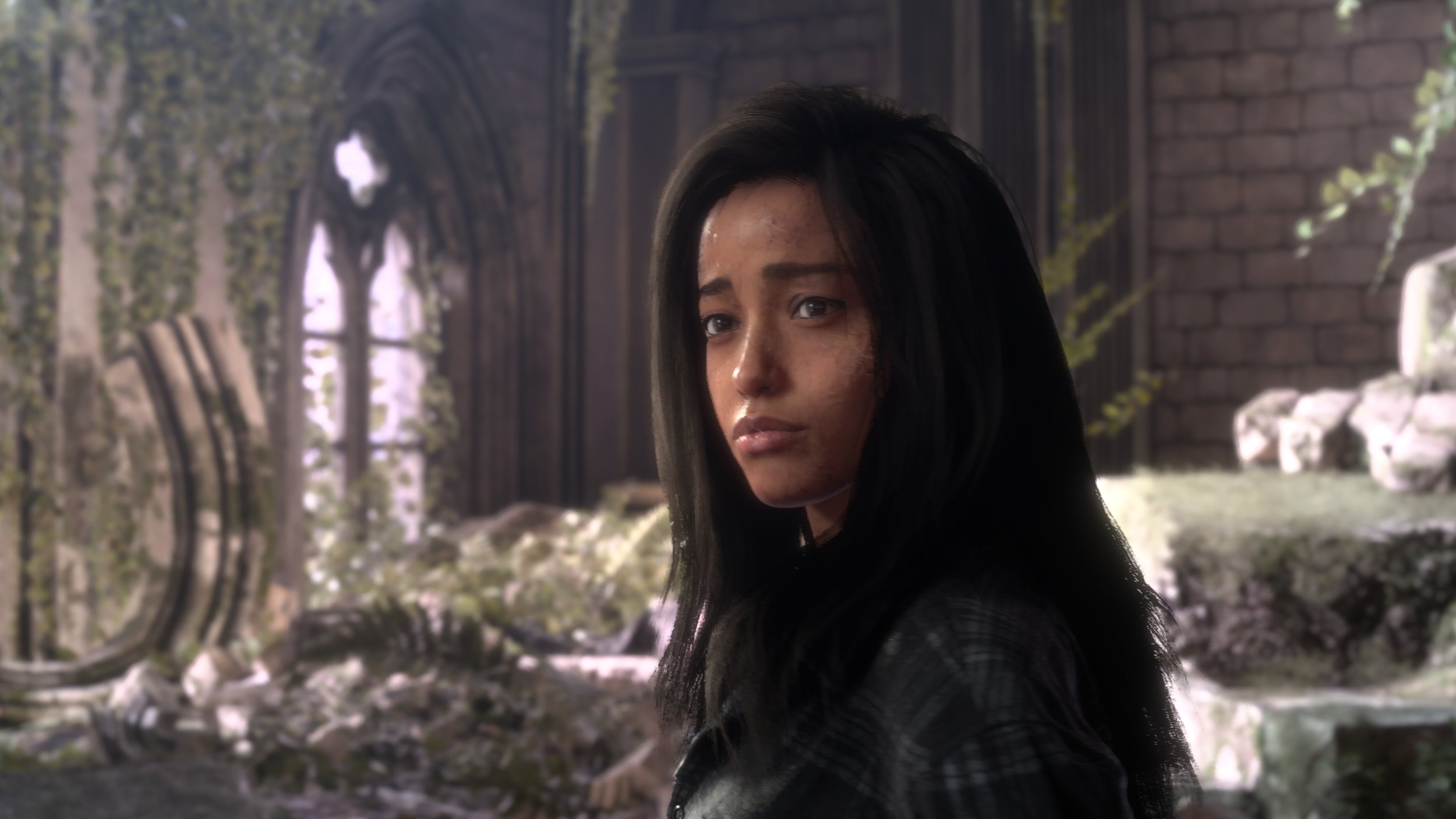

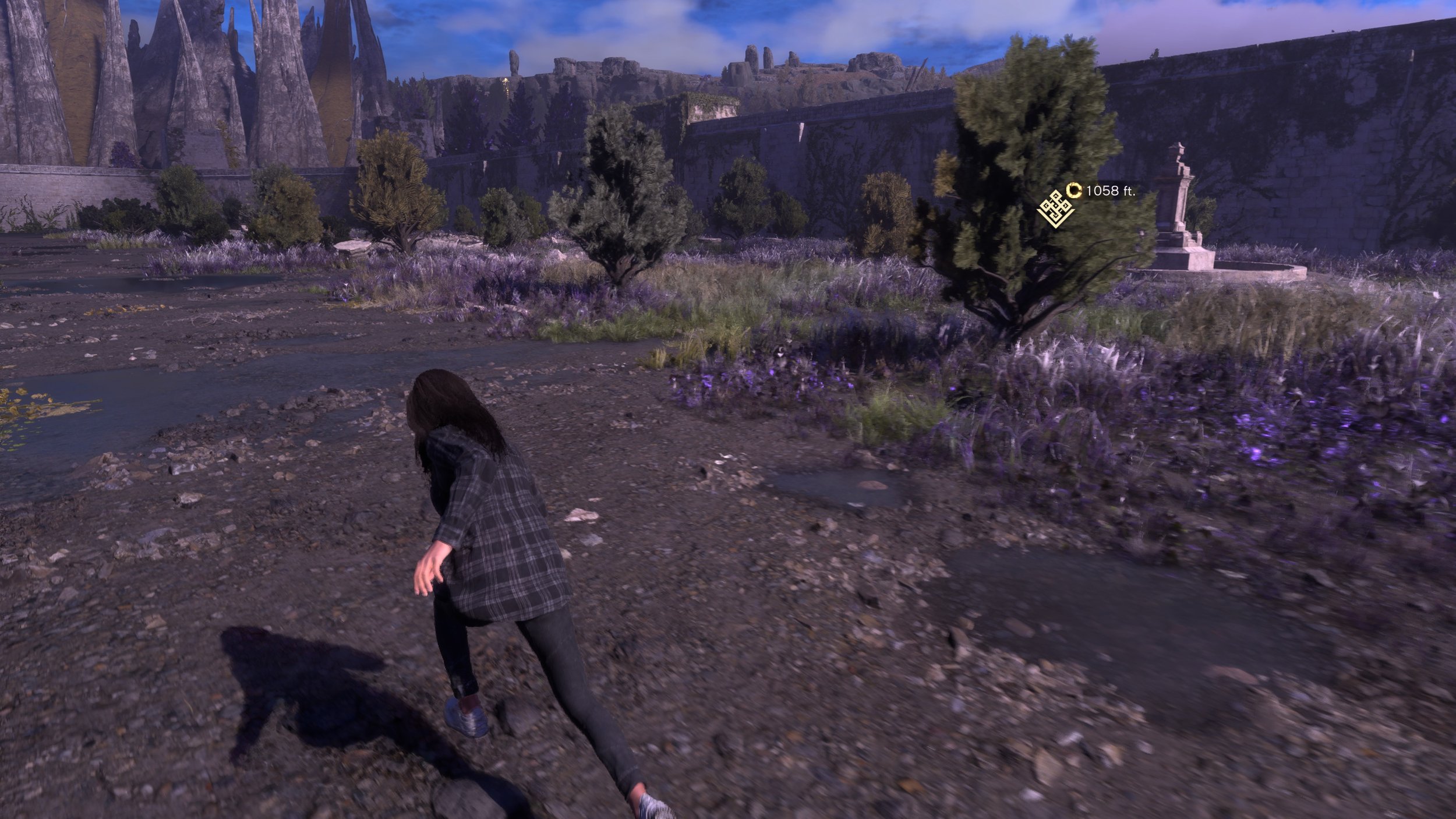
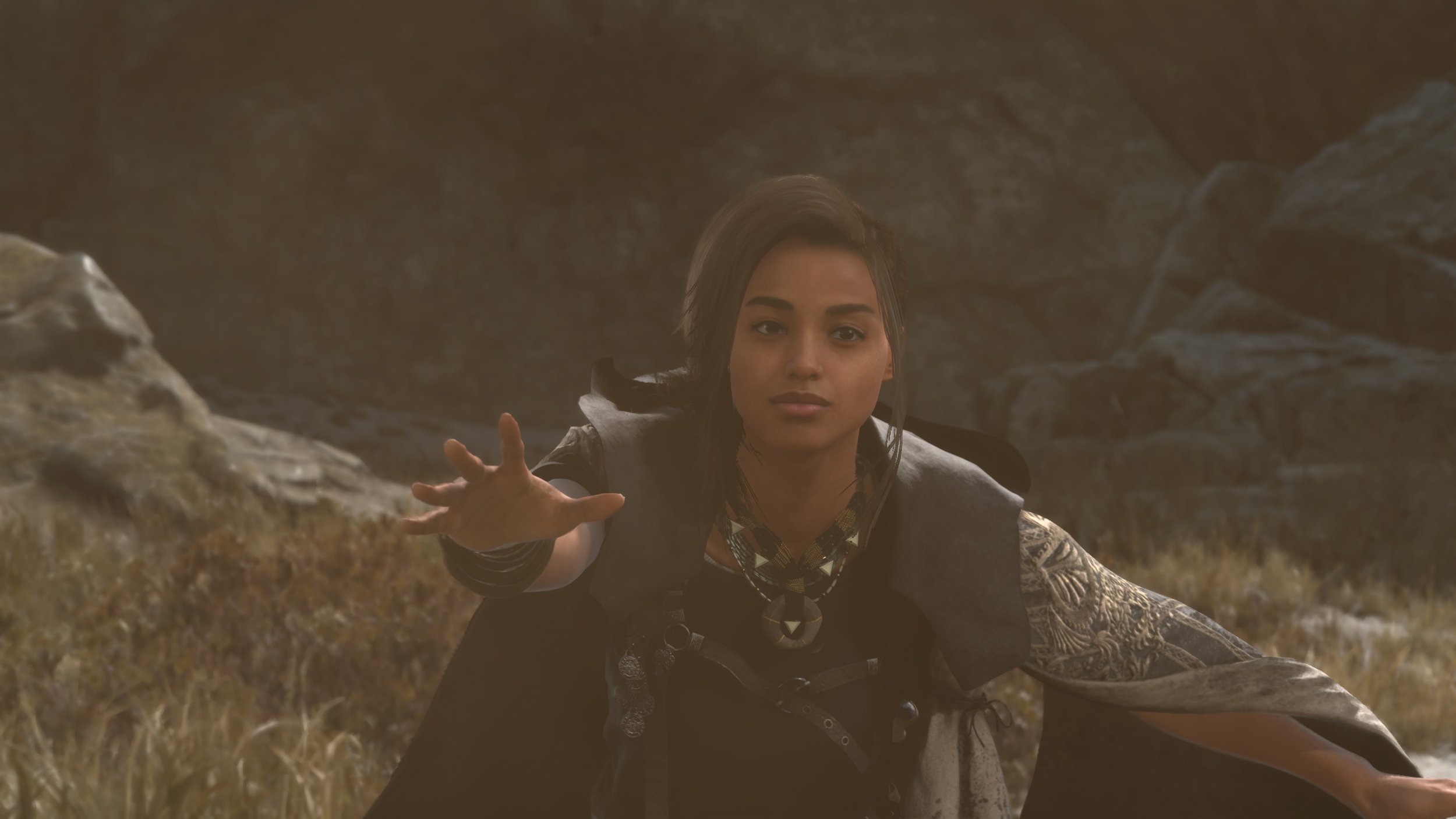

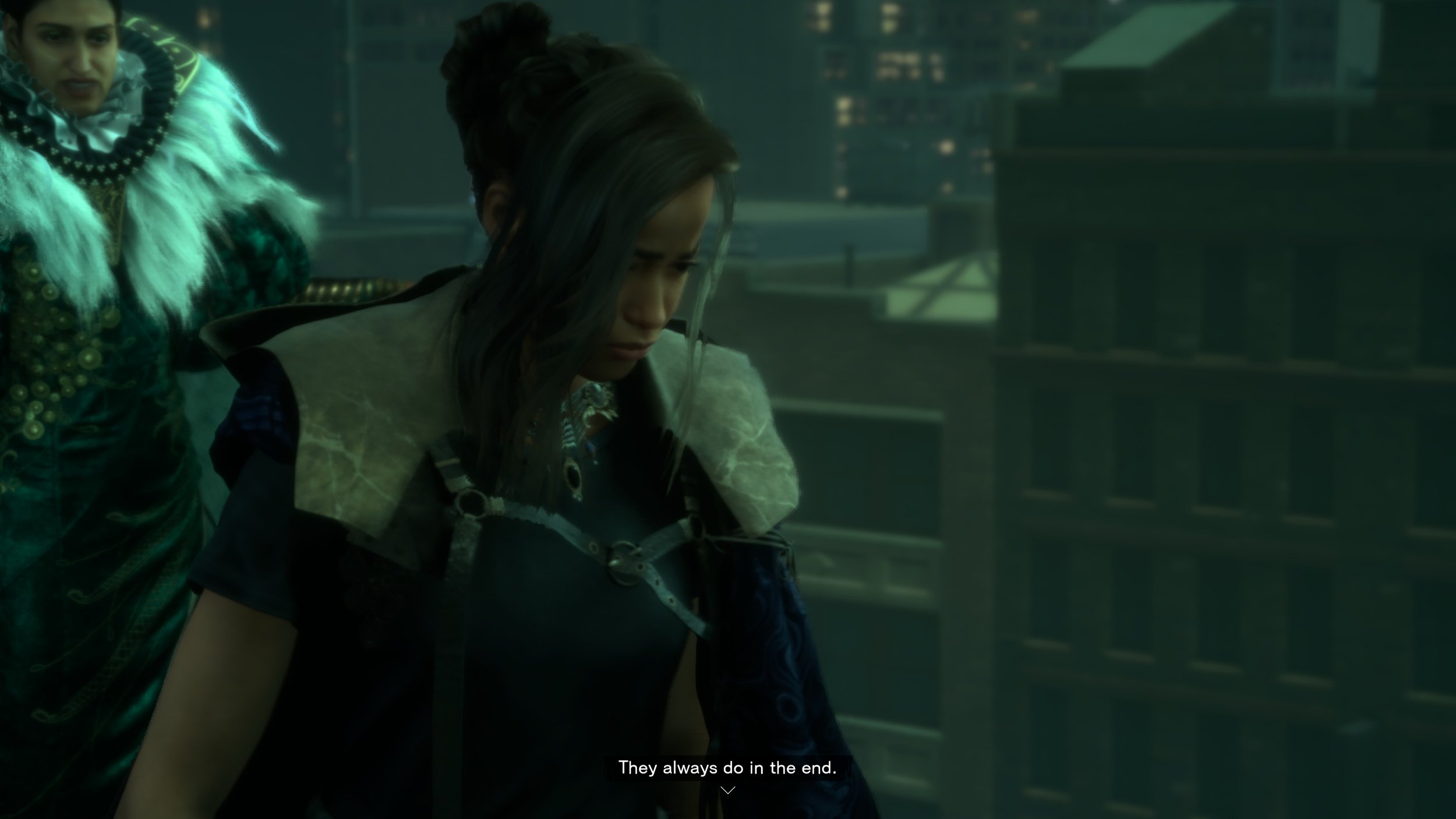
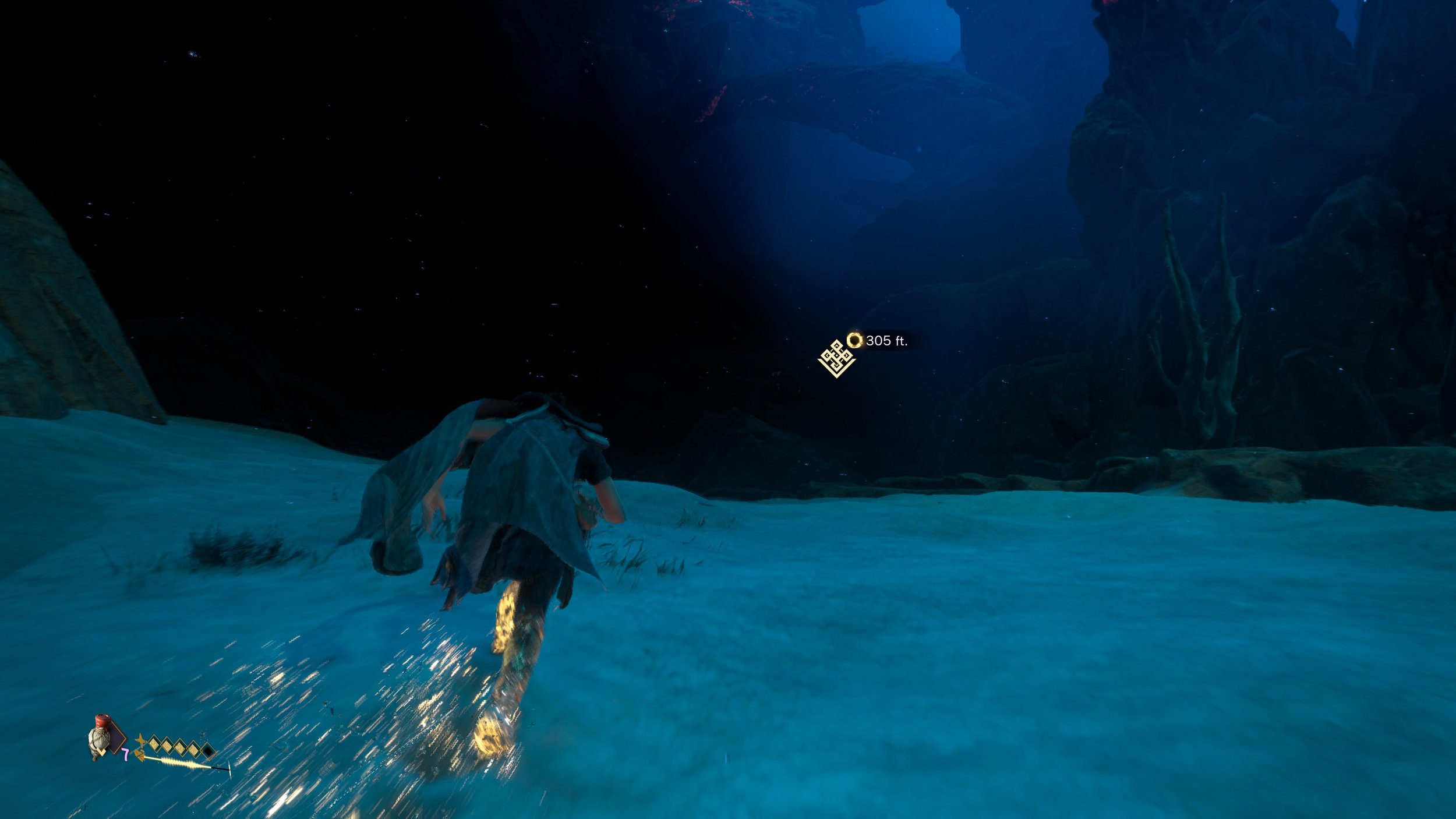
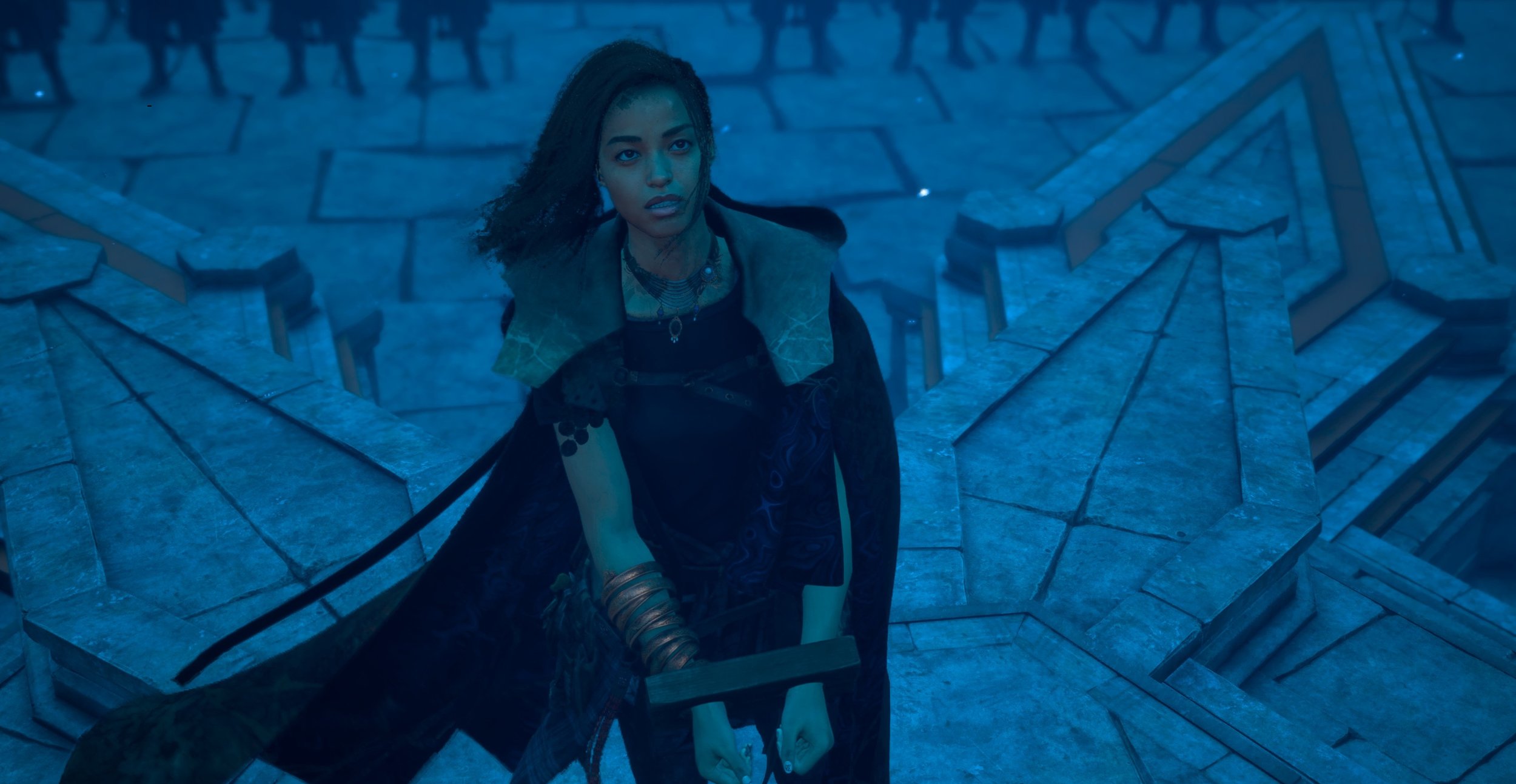
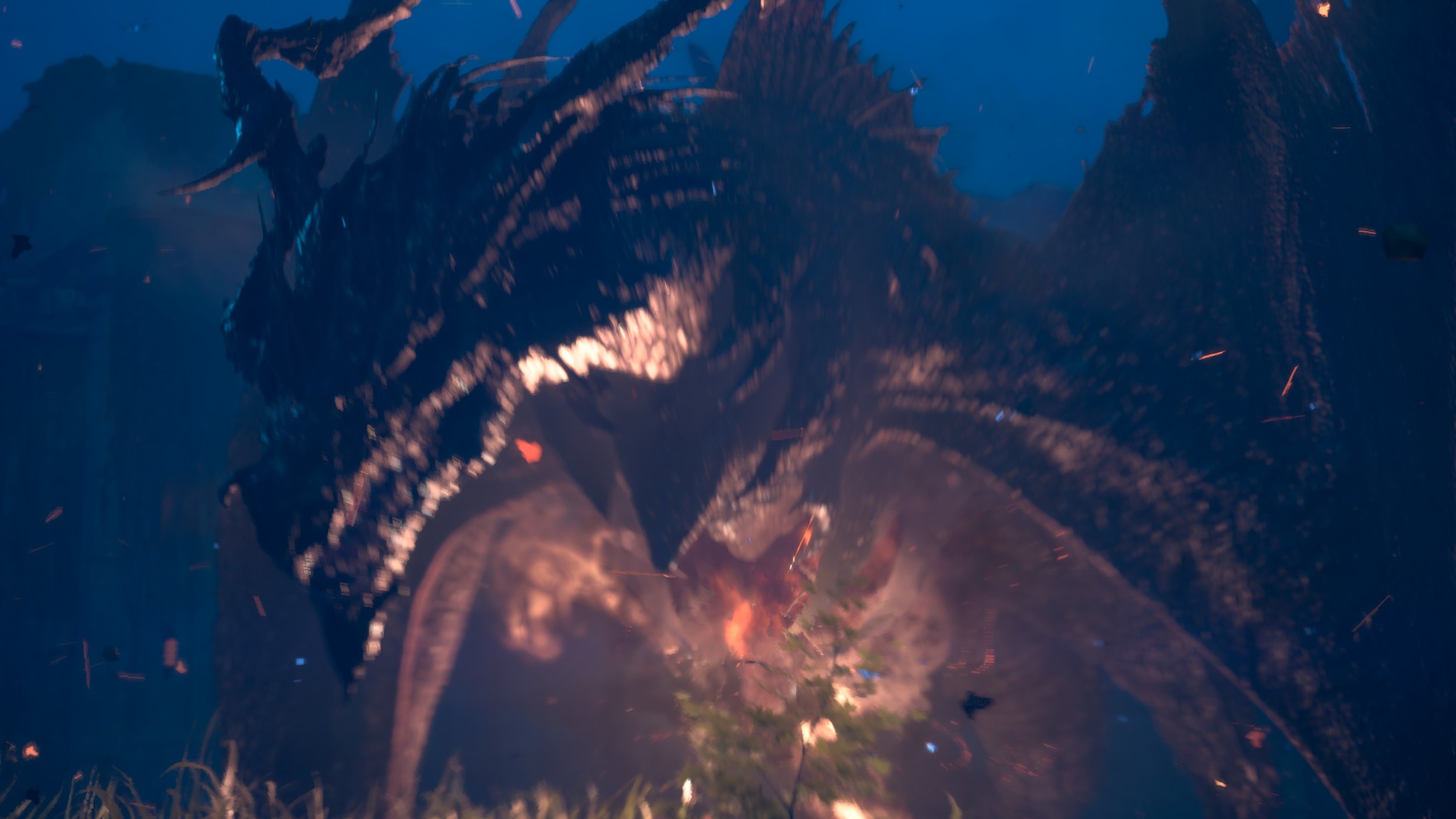
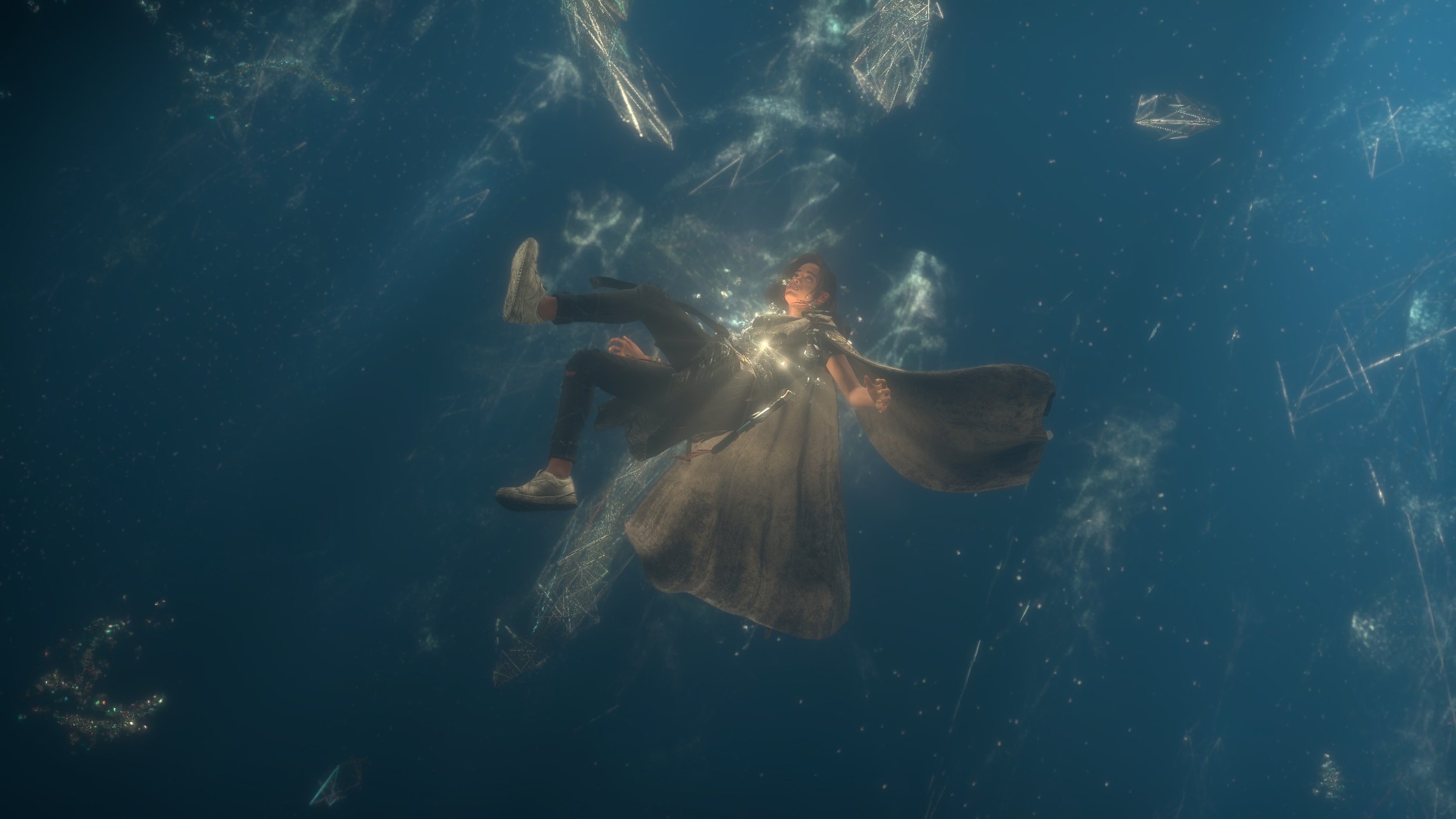
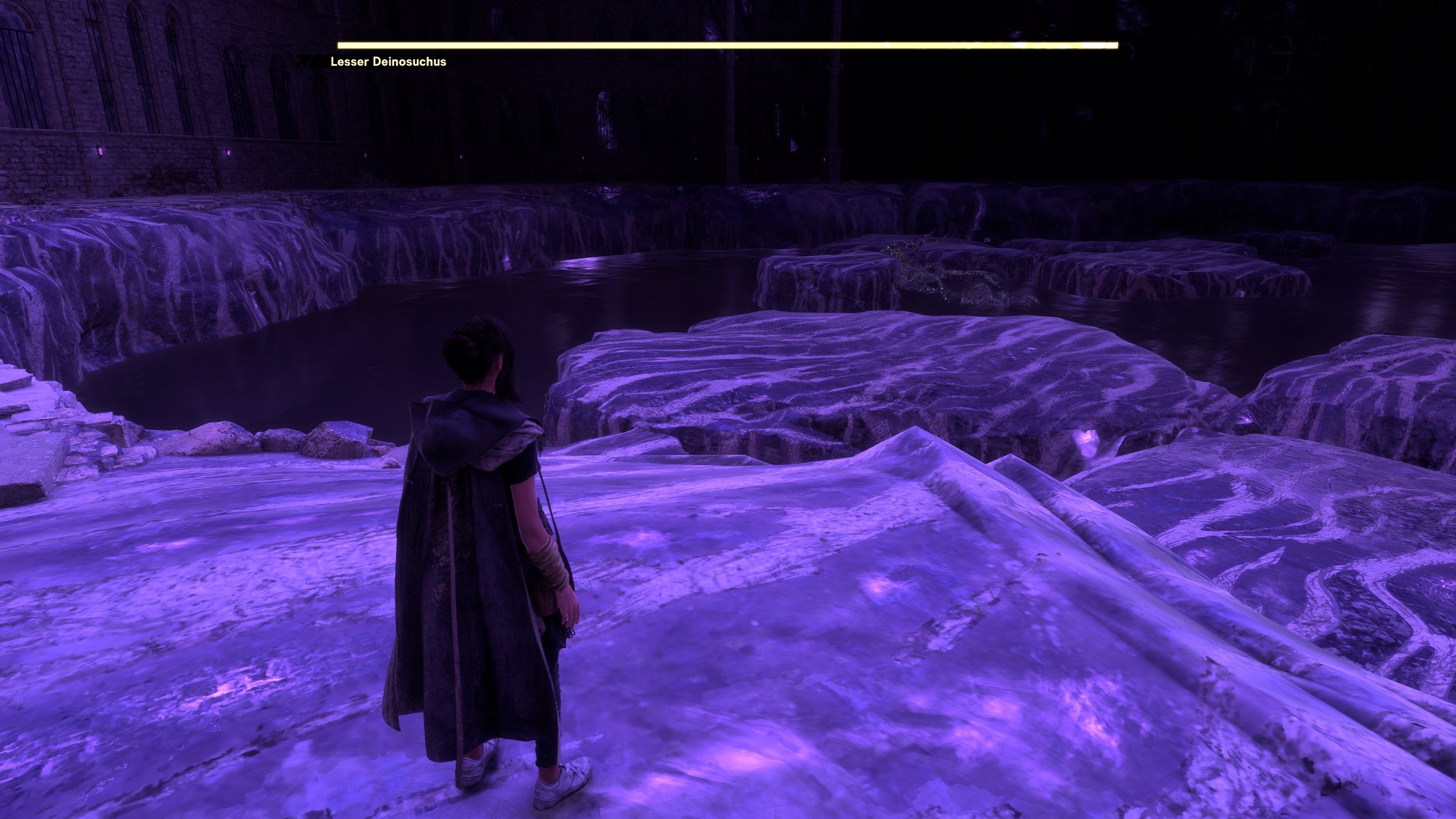
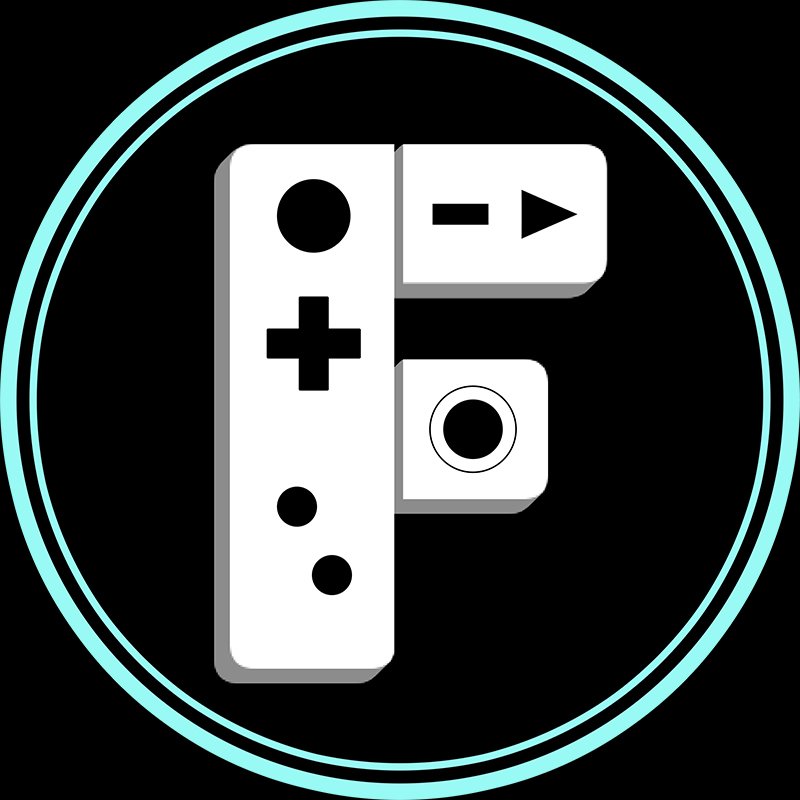







On a path that will ultimately result in his own destruction, James Savage takes on his vampiric ex-girlfriend Draculae in El Paso Elsewhere, a moody neo-noir action shooter from Strange Scaffold.